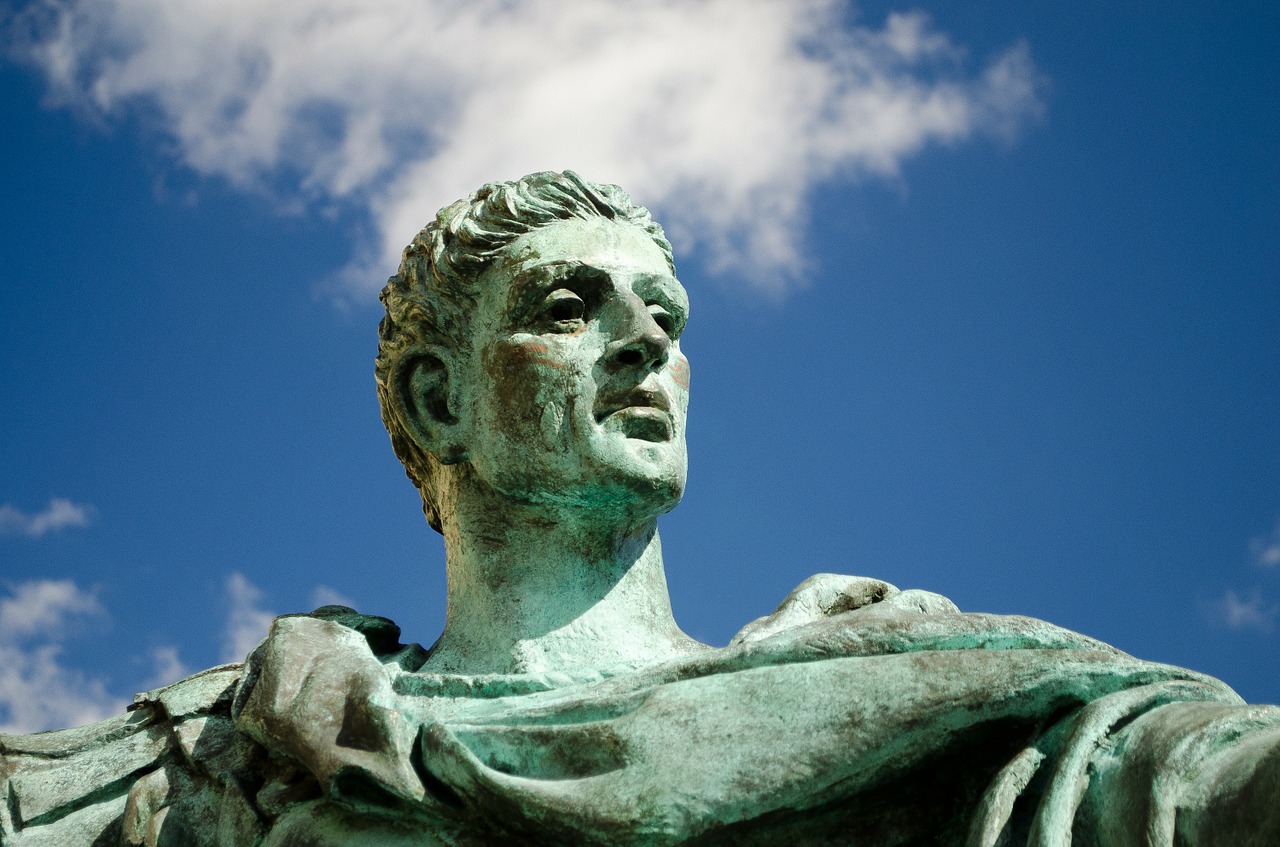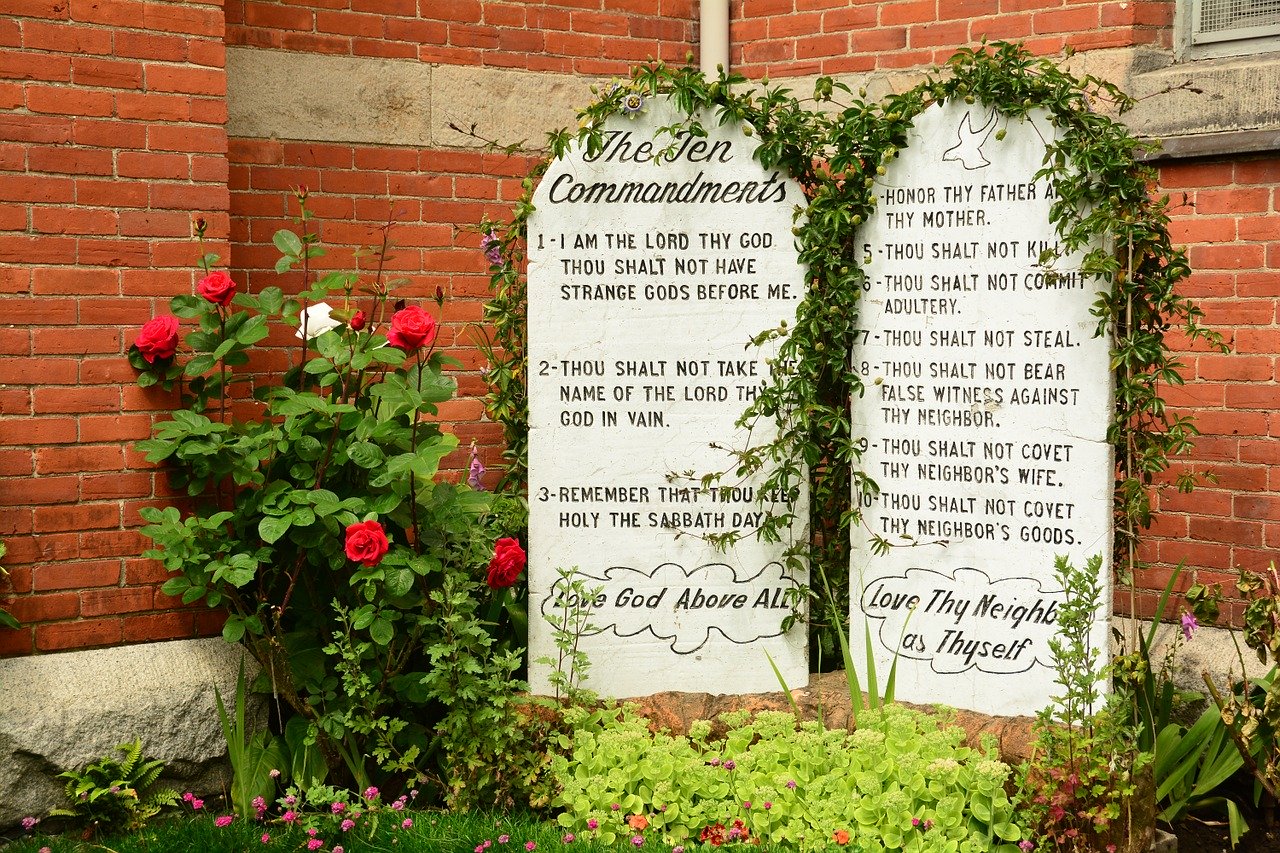Tithing was instituted into the church during the 6th century. There was no tithing system in early New Testament Christianity. The church supported itself with freewill offerings for 300 years. Roman Emperor Constantine brought Christianity under the rule of the Roman government and tithing became an integral part of the Christian church.
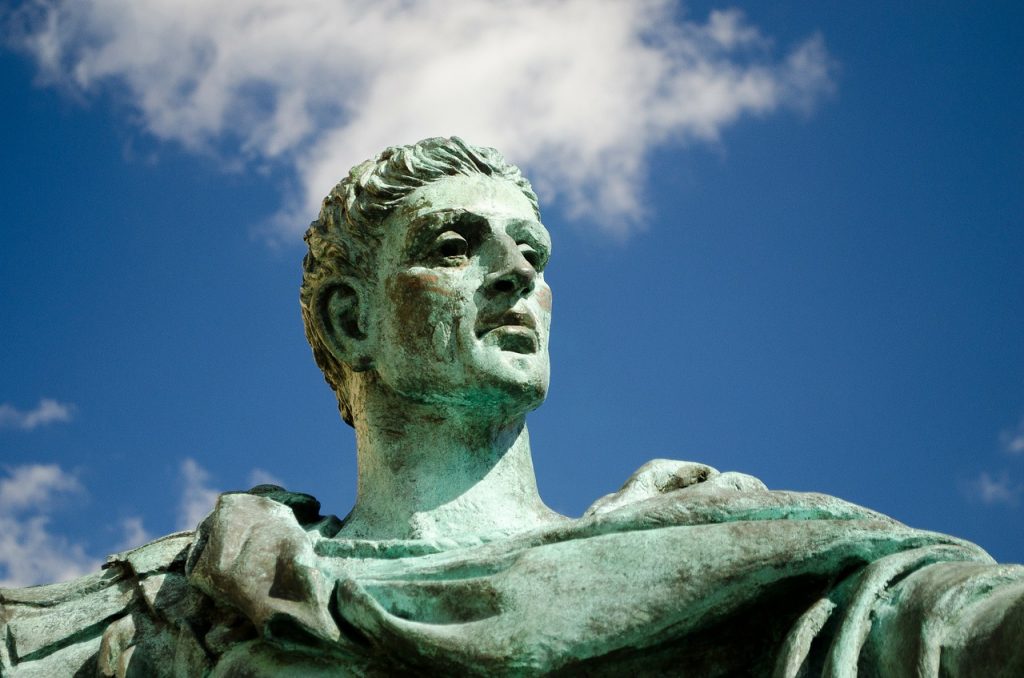
Table of Contents
- Watch the Video
- The Early Church and Tithes
- Roman Church Councils and Tithes
- Money and Tithes
- The Emperors and Tithes
- Religious Abuse and Tithes
- Recap
- FAQs About the History of Tithing
- Outsmart the False Teachers
- Sources
Watch the Video
The Early Church and Tithes

The early New Testament Church didn’t have a tithing System. The New Covenant replaced the old Mosaic Law Covenant and giving under grace became the standard for supporting the ministry. The destruction of the Jewish Temple in 70 AD and the discontinuation of the Levitical priesthood made tithing obsolete.
Early Christians always gathered at each other’s homes. Vast financial resources weren’t required to spread the gospel. The early church existed this way for roughly 300 years.
The Council of Jerusalem
The early church had councils. The Greek word for these councils is synod, which means meeting or assembly. These councils discussed, debated, and/or resolved issues affecting the church.
Acts 15 and Galatians 2 document these first meetings. This church council took place around 50 AD, 15 to 25 years after Jesus’ death. Jerusalem hosted these meetings known as the Apostolic Council or Council of Jerusalem.
The pressing issue at the time dealt with circumcision and the Mosaic Law. Many Jewish Christians, including the Pharisees and the Apostle James, wanted the male Gentiles circumcised. They expected Gentiles to follow the Mosaic Law as part of their conversion to Christianity.
The Apostle Paul argued against this. He insisted that Gentile Christians were free of the Law and saved by faith in Jesus Christ. The council concluded the Gentile Christians were exempt from observing the Mosaic Law, which included tithing.
Books of Acts 15:5-6
The Council at Jerusalem
5 Then some of the believers who belonged to the party of the Pharisees stood up and said, “The Gentiles must be circumcised and required to keep the law of Moses.”
6 The apostles and elders met to consider this question. 7 After much discussion, Peter got up and addressed them: “Brothers, you know that some time ago God made a choice among you that the Gentiles might hear from my lips the message of the gospel and believe. 8 God, who knows the heart, showed that he accepted them by giving the Holy Spirit to them, just as he did to us. 9 He did not discriminate between us and them, for he purified their hearts by faith. 10 Now then, why do you try to test God by putting on the necks of Gentiles a yoke that neither we nor our ancestors have been able to bear? 11 No! We believe it is through the grace of our Lord Jesus that we are saved, just as they are.”
New International Version (NIV)
Acts 15:19-21
19 “It is my judgment, therefore, that we should not make it difficult for the Gentiles who are turning to God. 20 Instead we should write to them, telling them to abstain from food polluted by idols, from sexual immorality, from the meat of strangled animals and from blood. 21 For the law of Moses has been preached in every city from the earliest times and is read in the synagogues on every Sabbath.”
New International Version (NIV)
Acts 15:28-29
The Council’s Letter to Gentile Believers
28 It seemed good to the Holy Spirit and to us not to burden you with anything beyond the following requirements: 29 You are to abstain from food sacrificed to idols, from blood, from the meat of strangled animals and from sexual immorality. You will do well to avoid these things.
Farewell.
New International Version (NIV)
Roman Church Councils and Tithes
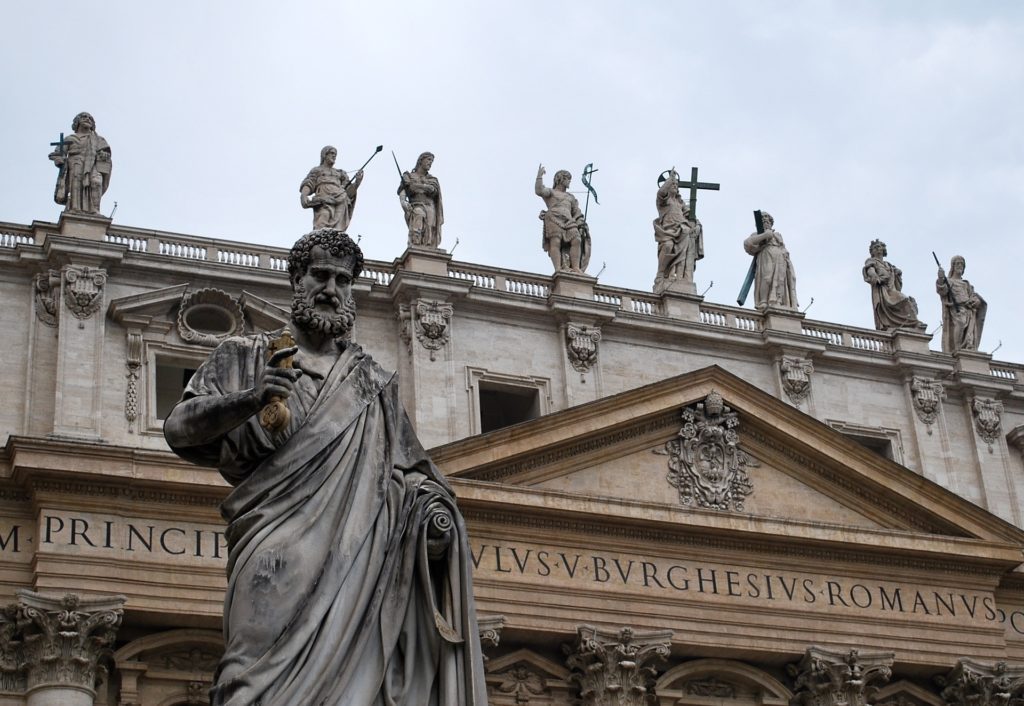
Christianity came under the influence of Rome. The bishops used the Council of Jerusalem as a blueprint. They conducted councils dealing with many issues, including tithing. The Council of Tours in 567 and the Third Council of Macon in 585 incorporated tithing into the Christian faith.
The Council at Jerusalem became a blueprint for later Church fathers. The Roman Bishops met to decide on issues affecting the church.
Once the Roman Empire took control of the early church, tithing was implemented. One outcome of the Macon 585 Council was that Christians who didn’t pay tithes would be ex-communicated from the church.
Keep in mind the tithes consisted of produce from the land. This was in line with how the Bible defined tithes under the Mosaic Law. These Roman-led councils bypassed New Testament freewill giving in favor of the Old Covenant tithe. The New Covenant replaced the Old Covenant. However, they adopted the Mosaic Law tithe because it suited their agenda.
Money and Tithes
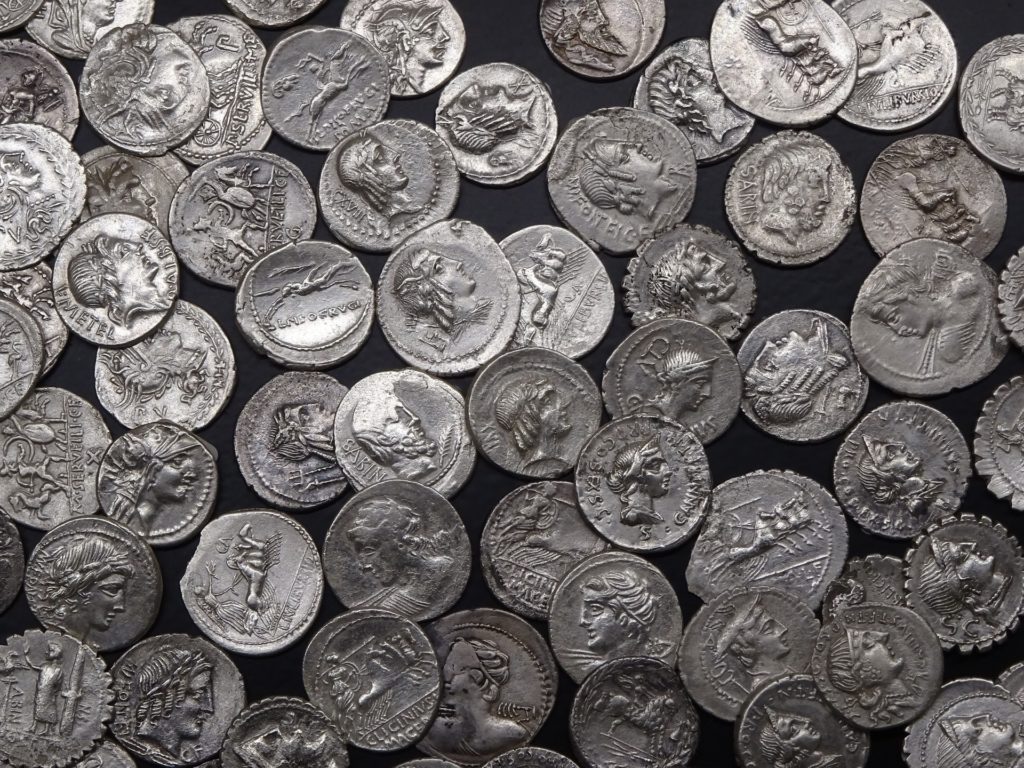
The original God-mandated tithe was always agricultural produce. It was never money. Roman bishops and emperors reinterpreted what constituted a tithe. Through a series of events, the biblical tithe morphed into a man-made tithe consisting of money.
England’s Pope Innocent III expanded the definition of tithe during his reign in 1200. Christianity had spread to Western Europe.
Pope Innocent wrote a letter to the Archbishop of Canterbury demanding that individuals pay tithes to the parish clergy where they attended. This tithe extended beyond praedial or “fruits of the earth.” by including wages earned from labor.
King Pepin III (Pepin the Short) ruled over the Carolingian Empire. He was King of the Franks and ruled over territory in Western Europe. He penned a letter to all bishops making tithing a legal obligation in 765.
Christians had to pay tithes to the parish church. King Pepin is the father of Roman Emperor Charlemagne. He played a major role in enforcing tithing within Christianity.
The Emperors and Tithes
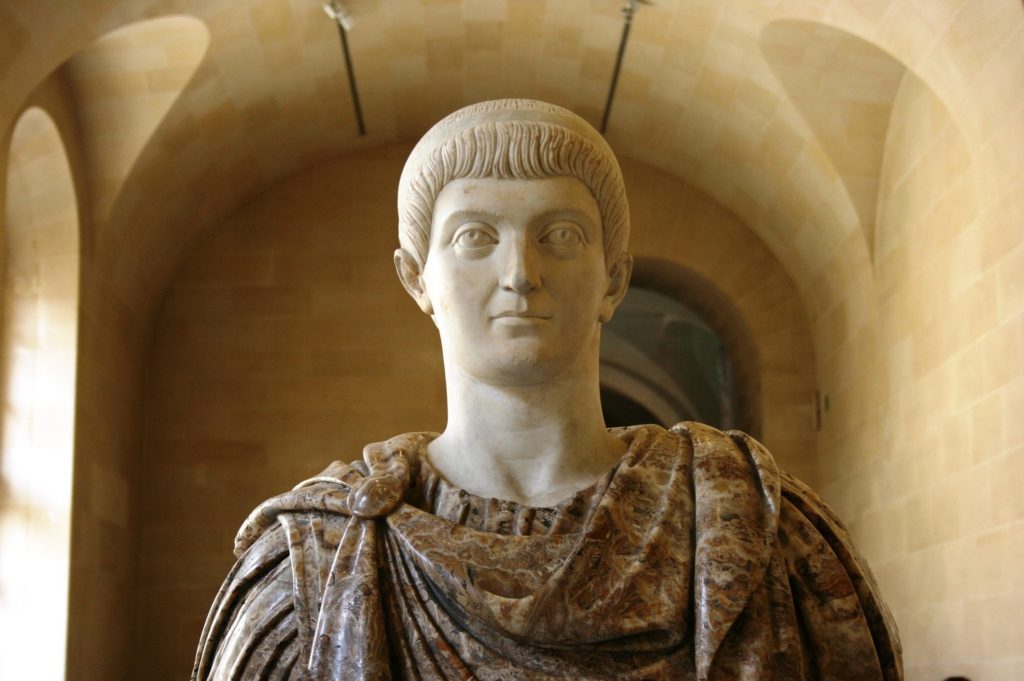
Constantine was the first Roman Emperor to majorly impact the Christian church and tithing. He’s most notable for converting to Christianity. His conversion helped legitimize Christianity and popularized it throughout the Roman Empire. He went on to make it the official religion of the Roman Empire.
Constantine’s rule brought about significant changes to Christianity. First, the church became more streamlined. With this change, bishops took on leadership roles over the rest of the believers.
Second, he launched a massive church-building program. He constructed extravagant religious structures to honor his name and contributions to the Roman church.
Constantine had to pay for these expensive new constructions. How did he pay for these projects? That’s right…with tithes and offerings.
Constantine ruled during the 4th century. At the time, the tithe collections went to pay the bishops and build extravagant architecture. Christians began worshipping in the lavish buildings.
These two changes alone were a departure from the early church. The New Testament church had no formal religious (ecclesiastical) governing body.
Believers always gathered at each other’s homes for worship. They didn’t practice tithing. Freewill offerings supported the church for 300 years.
Charlemagne was the next Roman Emperor to make major waves regarding tithes and the church. He ruled the Roman Empire 800 years after Jesus Christ walked the earth.
Charlemagne’s claim to fame was combining church and state, making him the Holy Roman Empire founder. Under his rule, tithing became a State Law.
Religious Abuse and Tithes
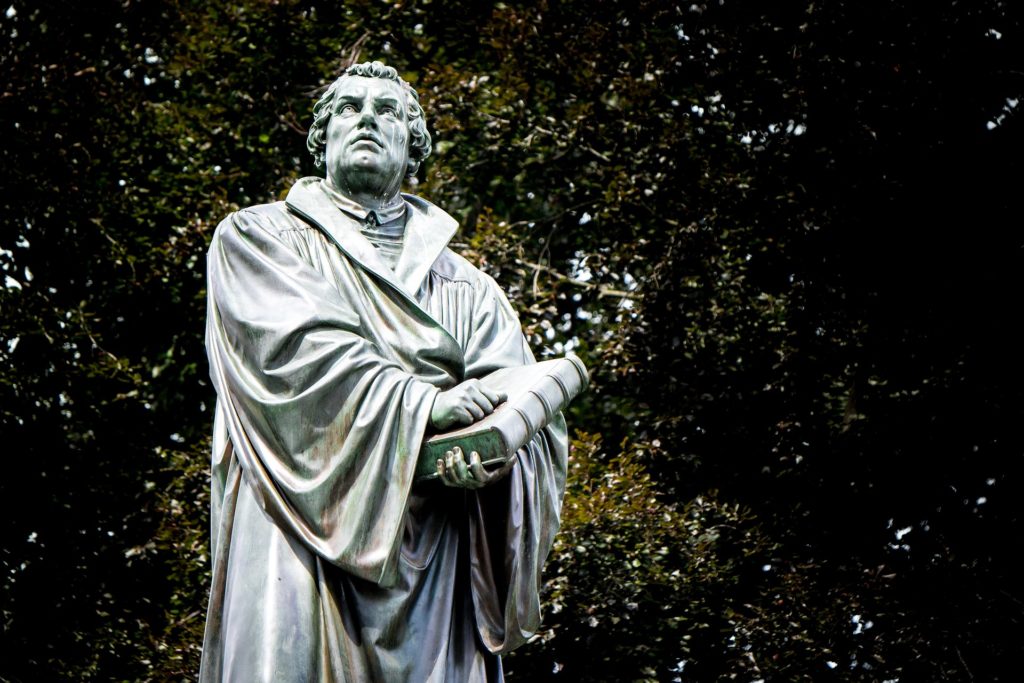
The implementation of tithing into Christianity wasn’t without controversy. Many of the church Bishops were corrupt. They lived luxurious lifestyles. Meanwhile, most tithers starved, struggled, or barely got by.
The tithing system helped the Roman Church accumulate wealth, property, and land. The priests told Christian believers that they would lose their salvation and end up in hell if they didn’t tithe.
Pope Gregory VII played a role as well. He made it illegal for laypeople to own tithes (land). All the tithes (land) had to go to the paid clergy. In turn, they decided on the tithe usage.
Needless to say, there was growing anger, dissent, and rebellion among many believers. The tithing system and other abuses of the Roman Church led to a Protestant Reformation movement led by Martin Luther.
The term Protestant derives from his protests against the Roman church. He established the Lutheran church.
Eventually, other Protestant churches and denominations emerged. Like the Lutheran church, they weren’t under the rule of the Roman Church (or Roman Catholic Church). Denominations falling under the banner of Protestants are plentiful, such as Baptist, Methodist, Presbyterian, Pentecostal, etc.
The Protestant Reformed movement had several disagreements with the Roman Church. For instance, Protestants held onto the belief that salvation came through grace and not works. However, these reformers adopted the Roman practice of tithing.
Like the Roman Church, they rejected the New Testament Church’s practice of freewill giving. The movement took place in the 1500s, and tithing has been a part of the Protestant Christian Church ever since.
Recap
When did the Christian church start tithing? It started approximately 300 years after the establishment of the early New Testament Church. By this time, the Christian church came under Roman control and rule.
Roman bishops implemented tithing into the Christian church during the Council of Tours in 567 and the third Council of Macon in 585. At this time, the tithe still consisted of agricultural produce. In 1200, Pope Innocent III expanded the tithe to include wages.
In the 4th century, the Roman Emperor Constantine expanded the use of a financial tithe. He used tithes to fund the construction of his extravagant building projects and bishop salaries.
Eight centuries after the death of Jesus Christ, Roman Emperor Charlemagne founded the Holy Roman Empire by combining church and state. Under his reign, he legalized tithing and made it a mandatory payment.
In the 1500s, Martin Luther led the charge against the Roman Church’s abuse of the tithing system and other issues. This movement led to the creation of Protestant denominations, such as the Lutheran church, independent of Roman rule.
Nevertheless, the Protestants retained the Roman practice of tithing, which remains in the Christian church today. And that’s a brief history of tithing in the New Testament.
FAQs About the History of Tithing
What’s the Origin of Tithe in the Bible?
The origin of tithing in the Bible traces back to the Old Testament, specifically in Genesis 14:20 and Genesis 28:22. In Genesis 14:20, Abram (later known as Abraham) gave a tithe, or a tenth, of the spoils of war to Melchizedek, a priest of God. In Genesis 28:22, Jacob vowed to give a tenth of all God provided. These instances set a precedent for ancient Israel, which would dedicate a tenth of its crops and livestock to God.
When Did Tithing Start in the Bible?
Tithing began in the Old Testament times. One of the earliest recorded instances appears in Genesis 14:18-20, where Abram (later called Abraham) gave a tenth of everything he had to Melchizedek, the king of Salem and a priest of God Most High. Giving a tenth was a way of honoring God and acknowledging His sovereignty over all possessions.
Another significant mention of tithing appears in Leviticus 27:30-32, where God commands the Israelites to give a tenth of their crops and livestock to Him. The Mosaic Law institutionalized this practice. The tithes supported the Levites, who were the tribe responsible for the Temple services and had no inheritance of land like the other tribes.
Outsmart the False Teachers
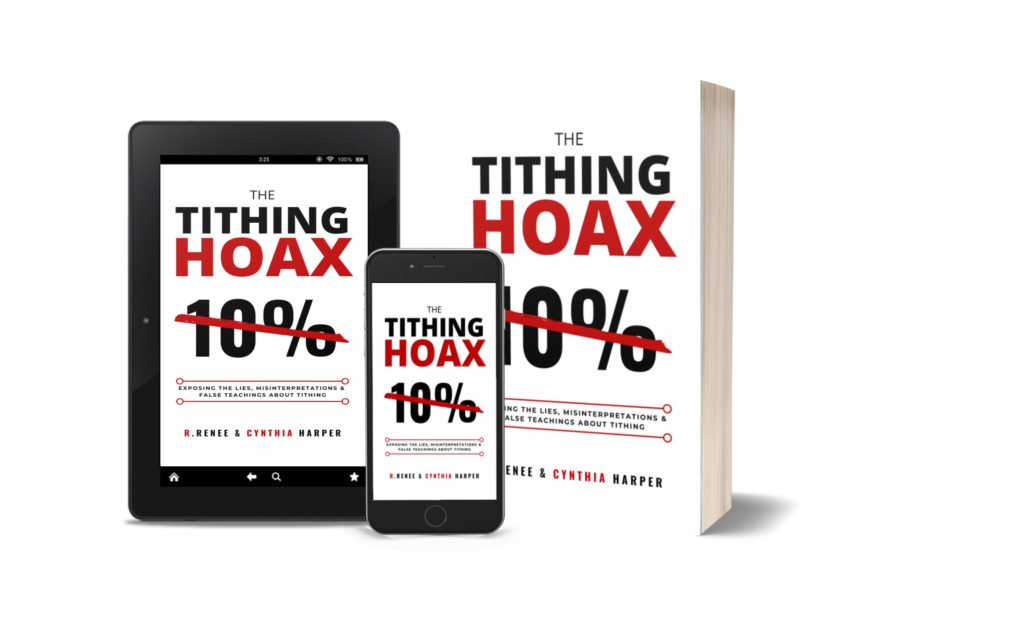
If you’re feeling overwhelmed by all the tithe doctrines, don’t worry! You can start by reading The Tithing Hoax, where we break down everything you need to know about tithing. We explain why Christians don’t have to tithe and provide biblical verses to back it up. So don’t let anyone tell you you’re going to hell if you don’t tithe.
📌 DISCOVER THE TRUTH ABOUT TITHES PROSPERITY GOSPEL PREACHERS DON’T WANT YOU TO KNOW. Click 👉 👉 this link
